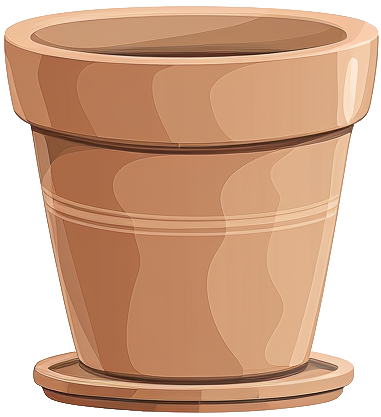
alocasia reginula'black velvet'
Care level
Medium
Popularity
Star
Features distinctive dark, nearly black leaves with contrasting white veins that stand out against the deep coloration. The undersides of the leaves display a rich red to maroon hue, creating a notable color contrast when viewed from different angles.
Care & maintenance
Light
Bright light, usually located near windows but doesn't receive direct rays for more than an hour during the day.
Temperature
Warm (60.8°F - 78.8°F)
Fertilization frequency
Moderate
Monthly during the growing period.
Soil
Choose a Tropical plant mix: A rich, moisture-retentive blend with good aeration. Mimics the natural forest floor environment of tropical regions.
If you want to create your own substrate, you can make a mixture of the following soils:








Click on the soil name for more information.
Pot

Standard size
Prefer a pot with a classic width/depth ratio.
Incorrect or incomplete information?
In our goal of building the best plant database, we sometimes make mistakes or have incomplete information. You can help us fill these gaps!
Features
Size & growth
Small
Upright
Slow growth
This plant grows slowly. It can reach up to 12 inches in height or spread.
It grows upwards without support.
Toxicity
| Human | |||
|---|---|---|---|
| Cat | |||
| Dog |
Reproduction & propagation
Fruits & flowers
Flowering & not self-pollinating
The alocasia black velvet can produce flowers and therefore fruits.
This plant is not capable of self-pollination, it will not be able to produce fruits if it is not pollinated by another individual.
